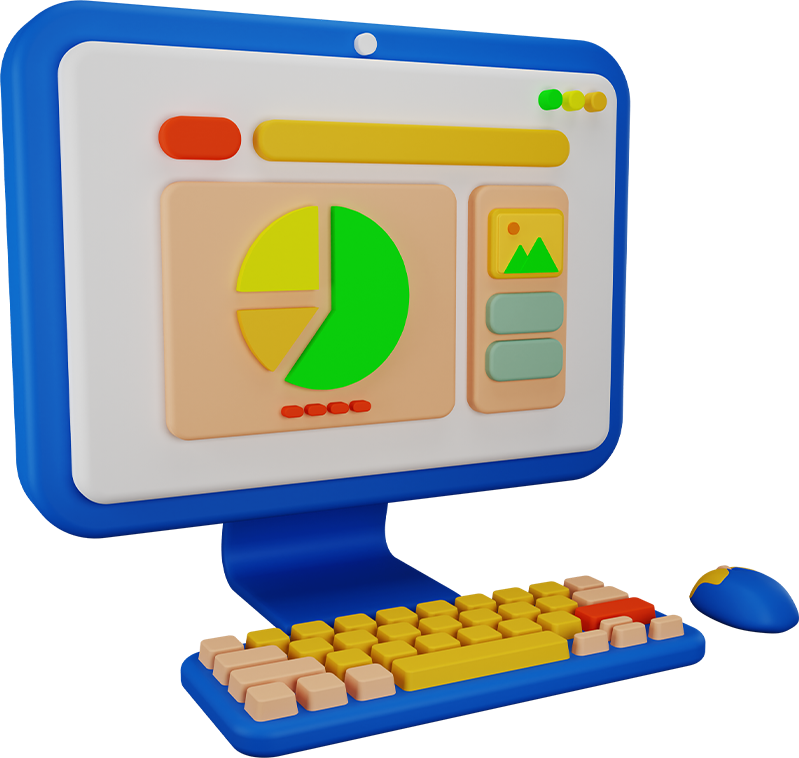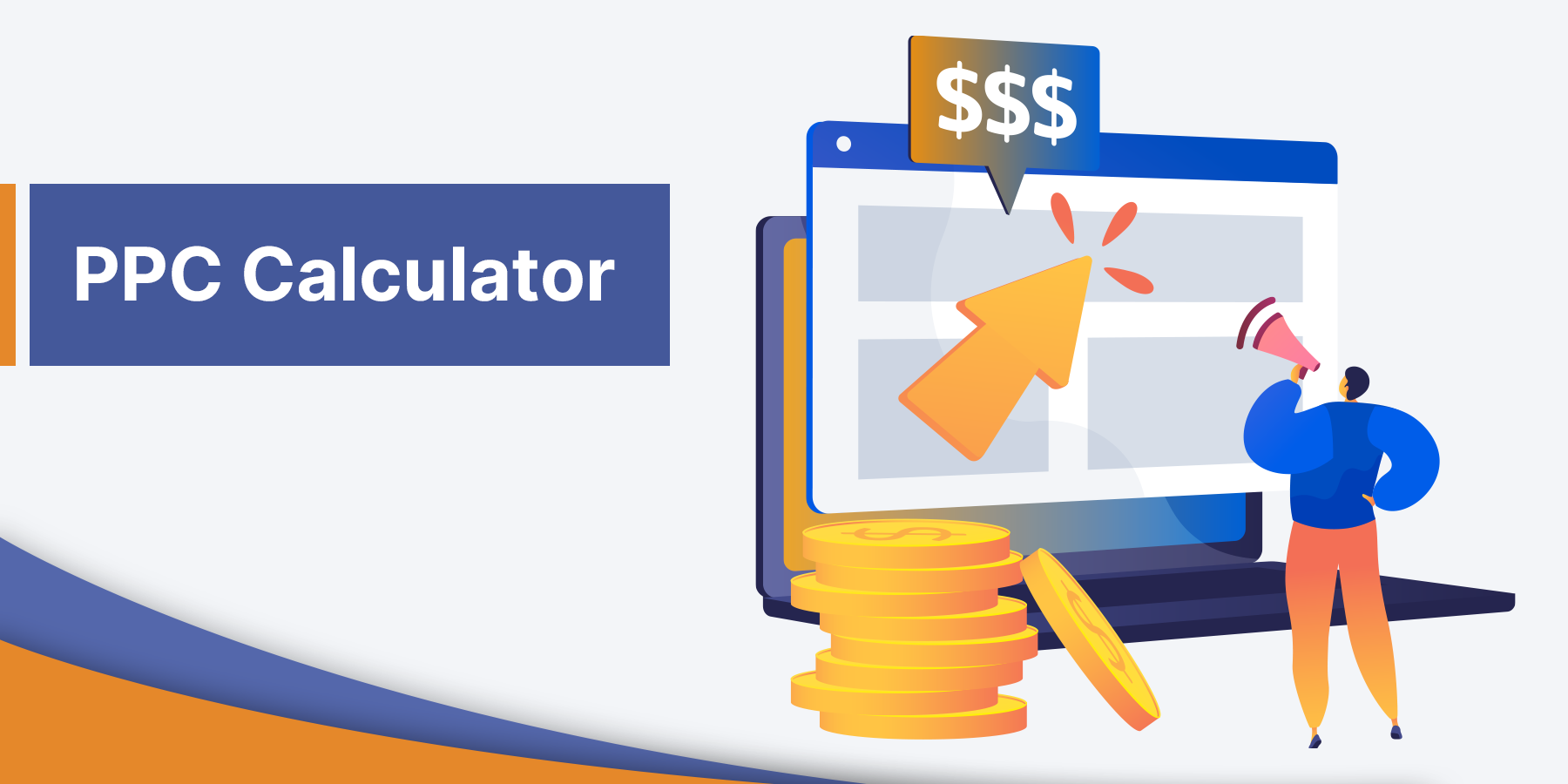
Digital marketing has become a part of our daily lives. Everyone uses some form of digital marketing, from social media posts to email campaigns. The question is whether or not they are effective at boosting sales.
It encompasses various activities designed to promote brands and businesses through multiple channels. These include paid advertising (such as Facebook ads), organic SEO, influencer marketing, content marketing, etc.
While digital marketing can boost sales, it also comes with risks. For example, if your brand isn’t optimized correctly, it might get lost in the crowd. Also, you don’t want to overspend on digital marketing because it can hurt your bottom line.
Now, let’s dive into the details of how digital marketing can boost your sales and how you can estimate your ROI with the help of the PPC Calculator.
Why Is Digital Marketing Important?
The digital world has changed everything about how we live our lives. We now spend much time interacting via websites, mobile apps, and other digital devices. This means businesses must be in these spaces for consumers to find them.
Digital marketing helps you reach out to customers through various digital platforms like social media, email, mobile apps, etc. It also tracks customer behavior and targets them with relevant content.
Because it connects a business with its customers when they are online and works in all industries, that’s why digital marketing is essential. When companies are on Google through SEO and PPC, social media through social media marketing, and email through email marketing, it connects them with ideal customers.
How Can You Measure Its Impact?
Digital marketing is all about measuring results. Whether you’re trying to measure the effectiveness of a PPC ad campaign, the performance of a landing page, or the ROI of a content marketing strategy, you’ll need some metrics to tell you when things are going well and when they aren’t.
But how can you measure the impact of digital marketing? Here are four different metrics you can track to measure the return on investment of your digital marketing efforts.
1. Website Traffic
Website traffic is the number of visitors to your site over a specific period. For instance, let’s say you run a blog about dog training. Over the last week, you’ve received 100 visits to your site. That’s your website traffic.
You can also look at your website traffic over more extended periods. Let’s say you ran a Facebook advertising campaign targeting people interested in dogs. You’d expect your target audience to visit your site after seeing your ads. But did they? How much money did you spend on your campaign? Did you achieve your goal of getting more clicks on your ads? These questions can be answered by looking at your website traffic.
2. Conversion Rate
Conversion rate is another way to measure the effectiveness of your digital marketing efforts, but it’s a little trickier to calculate. To figure out conversion rates, you must first identify what actions you want to measure. For example, if you sell products online, you may want to calculate the percentage of customers who buy something from your store. Or maybe you want to measure the rate of who purchases after clicking on a particular ad.
Once you’ve identified the action you want to measure, you need to find a way to capture that information. One standard method is to ask users to fill out a form before they leave your site. When they submit the form, you collect the data you want to analyze.
For example, let’s say you sell pet food online. You want to know how many people click on your ads and buy your product. So you set up a survey asking people to answer a series of questions about their interest in pets. Once they finish answering the survey, you automatically redirect them back to your checkout process.
After they complete the transaction, you collect the data. If you sold $100 worth of pet food, you’d count the number of people who clicked on your ad and bought your product as one sale.
3. Cost Per Lead
Cost per lead is similar to conversion rate, except instead of focusing on sales, it focuses on leads. Leads are people who express interest in your company or brand. They typically come from social media sites like Facebook, Google +, LinkedIn, Instagram, Pinterest, Twitter, YouTube, etc., or direct mail.
When you advertise on these platforms, you usually pay only when someone clicks on your ad and lands on your website. However, you can also pay when someone fills out a form on your website.
So, if you were selling pet food again, you’d want to know how much you spent to acquire a single customer.
4. Return On Investment
Return on investment (ROI) measures the amount of profit generated compared to the cost of running your campaigns. In other words, how effective was your digital marketing effort?
Calculate Your Return on Investment (ROI)
To calculate your return on investment (ROI), you first need to understand how much money you’re spending on advertising. You’ll need to figure out how much you pay per click (CPC) and how much you make per conversion (CPA).
Here’s a step-by-step guide to finding your ROI using a PPC calculator:
1. Determine How Much You Spend Per Click (PPC)
You can use the PPC calculator to determine how much it costs per click. You can check the minimum number of clicks per day, the conversion rate assumption, and compute the cost per conversion.
2. Add Up Your Costs & Revenues
Now that you know how much it takes to run your ads, you can add up all your costs and revenues to come up with your overall ROI.
3. Divide By 100
Divide your total revenue by your costs to arrive at your ROI percentage.
Set Goals For Your Campaigns
Setting goals is critical to planning and executing successful digital marketing strategies. Without clear goals, you won’t be able to measure progress toward reaching your objectives.
In addition to setting specific goals, you’ll also need to set realistic expectations for yourself and your team members. Setting too high of expectations may lead to disappointment when you fail to meet them. On the other hand, putting too low expectations may fail to achieve anything at all.
Here’s a checklist of things to think about before setting goals for your next digital marketing strategy:
1. Define Your Objectives
Defining your objectives is the first step in creating practical goals. Before you begin, ensure you understand exactly what you’re trying to accomplish. What results do you hope to achieve? How much time do you expect to spend on the project? Do you want to drive traffic to your site? Increase sales? Reduce costs? Improve customer service?
2. Determine Who Is Responsible
Once you’ve defined your objectives, you’ll need to decide who is responsible for achieving them. Are you going to handle everything yourself? Will you assign tasks to others? Or maybe you’ll hire freelancers to assist you. Whichever approach you choose, ensure everyone involved clearly understands what needs to happen to reach your goals.
3. Identify Key Performance Indicators
Key performance indicators (KPIs) indicate whether or not you’re meeting your objectives. They provide a quick snapshot of your progress toward reaching your goals. KPIs like page views, email subscribers, or leads generated can be numbered. They can also be qualitative measurements, such as increased brand awareness or improved customer satisfaction.
4. Create SMART Goals
SMART stands for Specific, Measurable, Attainable, Relevant, and Timely. These guidelines ensure that your goals are well thought out and achievable.
Specific – Be very detailed here. Don’t just say, “increase my revenue.” Instead, specify precisely what actions you plan to take to achieve that goal.
Measurable – Measurements are crucial to determining whether or not you’re making progress toward your goals. Use metrics that are easy to track and evaluate.
Attainable – Your goals shouldn’t seem unreachable. Make sure you define reasonable deadlines to stay motivated throughout the process.
Relevant – Your goals must align with your overall business strategy. Otherwise, they may distract you from accomplishing the rest of your objectives.
Timely – Don’t wait until the last minute to set goals. Doing so makes it difficult to identify problems early on and correct the course.
Try Our PPC Calculator Today!
Our PPC Calculator will help you calculate your return on investment (ROI). The calculator will show you how much money you can make or lose per day, week, month, year, etc. You can easily see how many clicks it takes to get there.
FREE PPC ROI Calculator
Use this tool to calculate the return of your PPC campaigns. Simply adjust the sliders to match the details of your campaign and the calculator will do the rest!

Final Thoughts
In conclusion, digital marketing has become increasingly important over the past decade, and it’s now one of the most effective ways to reach potential customers. If you are looking for the best digital marketing agency, then the Vserve e-business solution is here. If you outsource your digital marketing to Vserve, you can expect top SEO rankings, higher conversion rates, and exponential revenue growth. Contact us today to know more!







